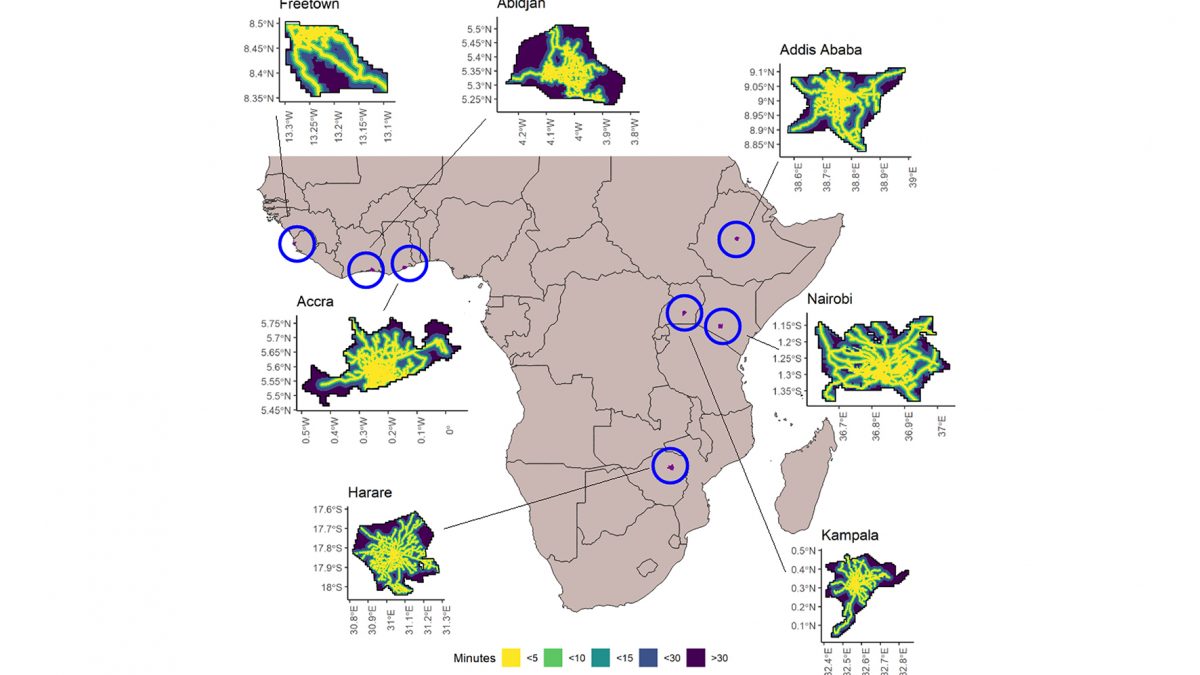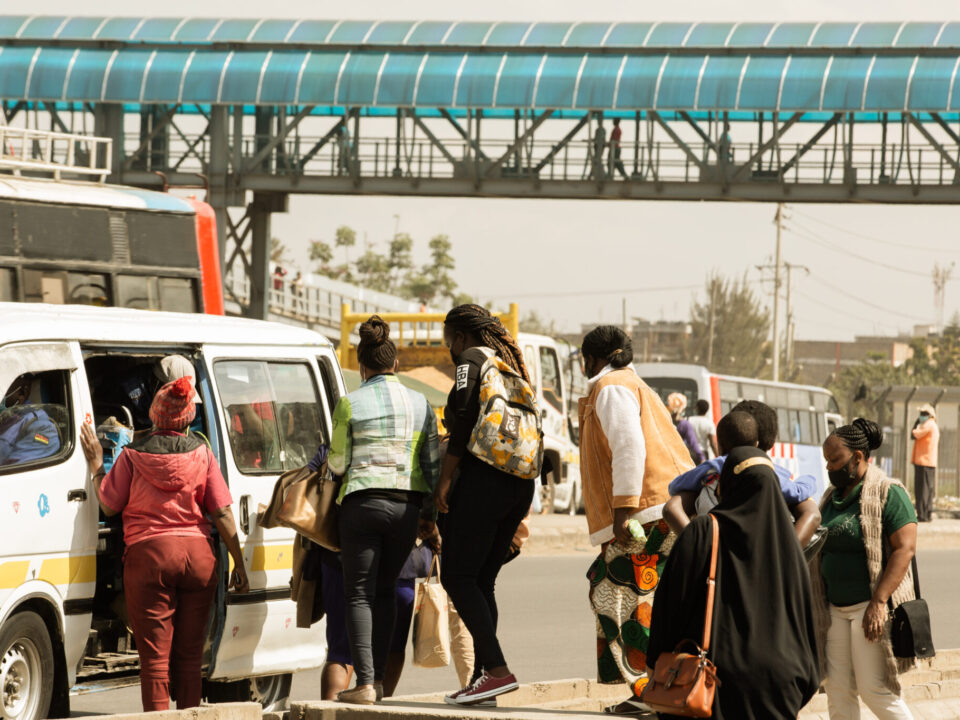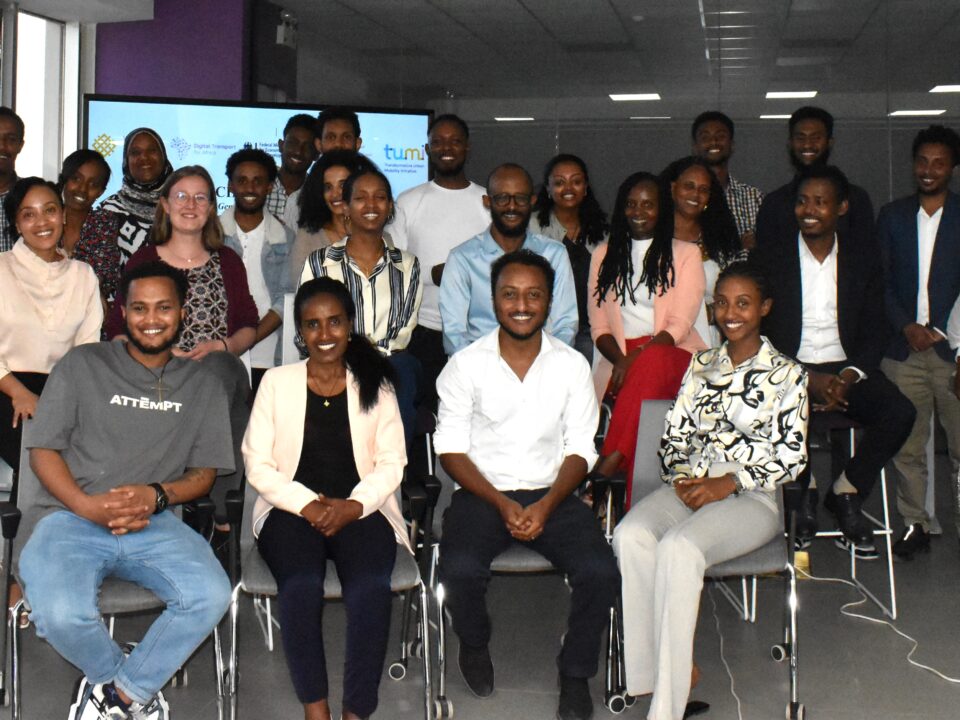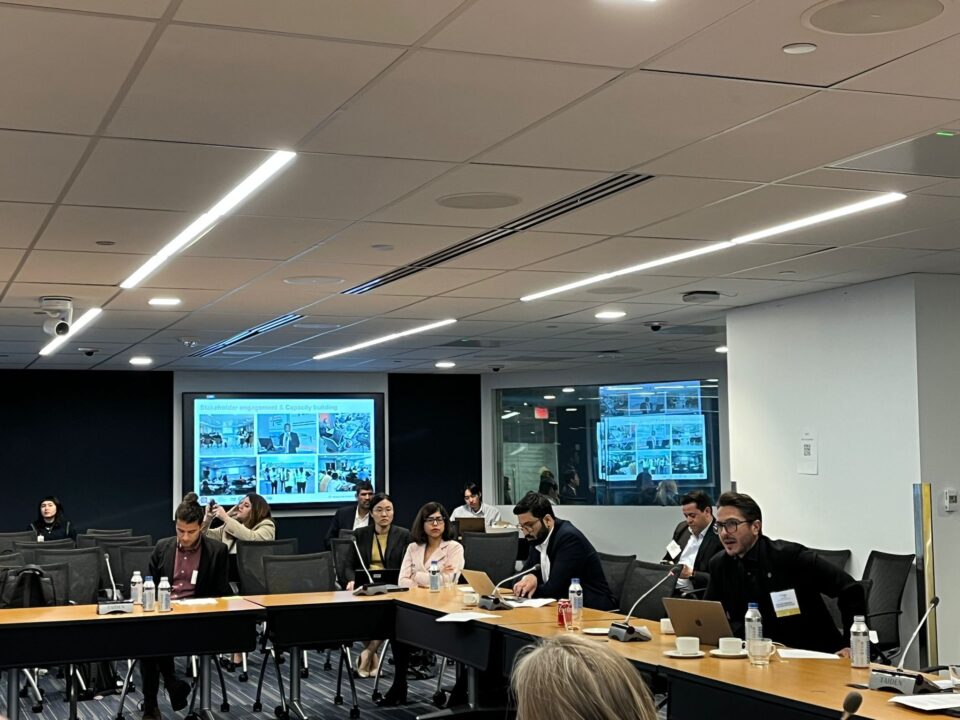An Analysis of Paratransit Services in African Cities Thanks to Digitaltransport4africa's GTFS Open Data

Beyond Mapping: Sustainable and Inclusive Transport for Africa (Virtual Event)
15 June 2021
DIGITAL DATA AND TOOLS FOR TRANSPORT RESEARCH: A SHORT INTRODUCTORY COURSE
19 February 2022Why is that important?
Accessibility to collective transport, together with other important system characteristics such as network coverage and frequency, is a crucial driver of modal choice for urban commuting. In many developing countries, official public transport is very limited due to government budget limitations and poor planning. Thus, the quality of the service provided to the users by private companies offering shared mobility options (often referred to as “paratransit”) is an important factor to improve life and working conditions. This topic has been addressed in a research paper recently published in the Journal of Transport Geography (available at this link), by G. Falchetta, M. Noussan and A.T. Hammad.
Assessing paratransit accessibility and performance
The analysis compares paratransit services in seven major cities in sub-Saharan Africa, thanks to the recent release of General Transit Feed Specification (GTFS) data in the project DigitalTransport4Africa. Our aim is to produce comparative metrics of accessibility, network, and service quality. We analyse the cities of Abidjan, Accra, Addis Ababa, Freetown, Harare, Kampala, and Nairobi.
Our results allow for a first-order assessment and comparison of different crucial paratransit characteristics in these cities, shedding light on transport inequality and urban segregation dynamics. The analysis and metrics produced can support transport systems planners in major cities of low-income countries.
With the available GTFS data, and thanks to other methods and data developed in the literature, we were able to estimate the accessibility of the paratransit services for the citizens. The figure below shows an accessibility map for the city of Nairobi, which highlights how the distance from the nearest route (in walking minutes) varies across the city. The paper also presents other paratransit metrics based on consolidated transport system analysis and network analysis techniques, which are useful to compare the level of the service in different cities.

Accessibility map to the nearest paratransit route in Nairobi, Kenya (walking minutes)
The importance of data availability and quality
We have already remarked the importance of open data availability, and the opportunities that are unlocked by data with a good temporal and geographical detail. The definition of a precise standard, such as the GTFS, allows people to effectively compare the service in different cities across the globe. While much attention is often paid to the availability of abundant data, with the familiar concept of Big Data, we think it is also crucial to highlight the importance of the quality of such data. A number alone is often meaningless: it is important to know what it is exactly representing and how it has been obtained, to understand which the best way is to use it. Digital technologies offer the opportunity of decrease the cost of data collection and management, but we also need to invest time and effort in providing useful “metadata”, that describe in detail how the data has been collected, with what limitations and assumptions.
This is of particular importance for platforms that collect mobility data from several sources, and even more from single final users. To make different locations comparable, data need to be collected with the very same assumptions. The duration of a paratransit trip will (often) be different considering the official timetable or the real time spent, due to a number of reasons, but usually due to congestion. The same is true for the frequency of the trips, the location of the stops, and so on. We need data that represent as much as possible the real world, although unfortunately this is not always possible. In this case, when some approximations are necessary, it is important to know that, to avoid using theoretical data as if they were real ones.

Number of paratransit routes within a 15-minute walk from each grid cell.
Conclusions
We believe that the availability of open data is a crucial opportunity to improve the effectiveness of collective transport planning, by addressing inequality and efficiency issues. The future evolution of urban transport, especially in large cities that are showing a huge increase of population and quickly expanding in extent, will be the result of multiple dimensions, including the effects of the current pandemic and the digitalization of jobs and services. The availability of high-quality data, including crowd-sourced ones, can represent an added value to adapt transport planning and management, especially when data are updated on a regular basis. The final goal is to improve the quality of life for urban citizens. A good quality public transport can increase access to opportunities, as well as decrease environmental impacts when compared with societies that are based on private cars. In this sense, the data collection, standardisation and open publication by DigitalTransport4Africa represent a virtuous example that will certainly contribute to better infrastructure design and management.
About the Authors
Giacomo Falchetta is a postdoctoral researcher at FEEM (Fondazione Eni Enrico Mattei) and at the Free University of Bozen-Bolzano. An environmental economist by training, Giacomo carries out applied research on the nexus between energy, the environment, and economic development with a particular focus on sub-Saharan Africa. In his research, he uses GIS techniques to analyse spatial data and the geographical dimension of infrastructure problems. Author of various publications in international journals, Giacomo holds a PhD from the Catholic University of Milan, a MSc in Environmental and Climate Change Economics from the London School of Economics and a BSc. in Economics and Social Sciences from the Free University of Bolzano-Bozen.
Michel Noussan is interested in the different perspectives that will shape the future of transport systems around the world. With a background on energy engineering and an expertise on sustainable mobility and energy systems, he is currently advisor at Decisio BV. He is also working as researcher in Fondazione Eni Enrico Mattei and university lecturer at the Paris School of International Affairs at SciencesPo. He has a track record of several publications in international journals and conferences, and he holds a PhD in Energy Engineering at the Politecnico di Torino.
